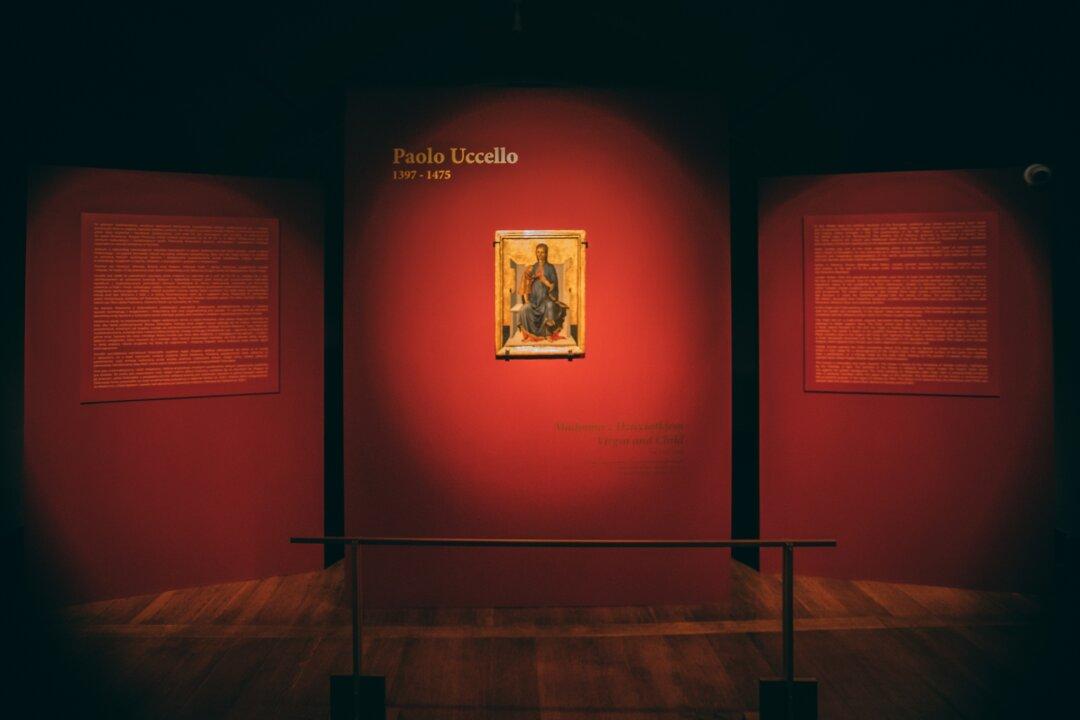WARSAW, Poland—Imagine walking into a room full of people all vying for your attention. Each one of them has a unique voice, style, and message just for you. You might listen to the loudest person first, or those closest to you, before visiting the others in the room. After a while, your attention wanes; even if the next person you meet has the best message ever, you’re just not listening.
This is how I experience visiting museums, art galleries, or stately homes. Each great artwork, object, or architectural feature grapples for my attention. It’s fascinating, but sometimes overwhelming. So to avoid fatigue, I prioritize what I see or even split my visit over several days.






